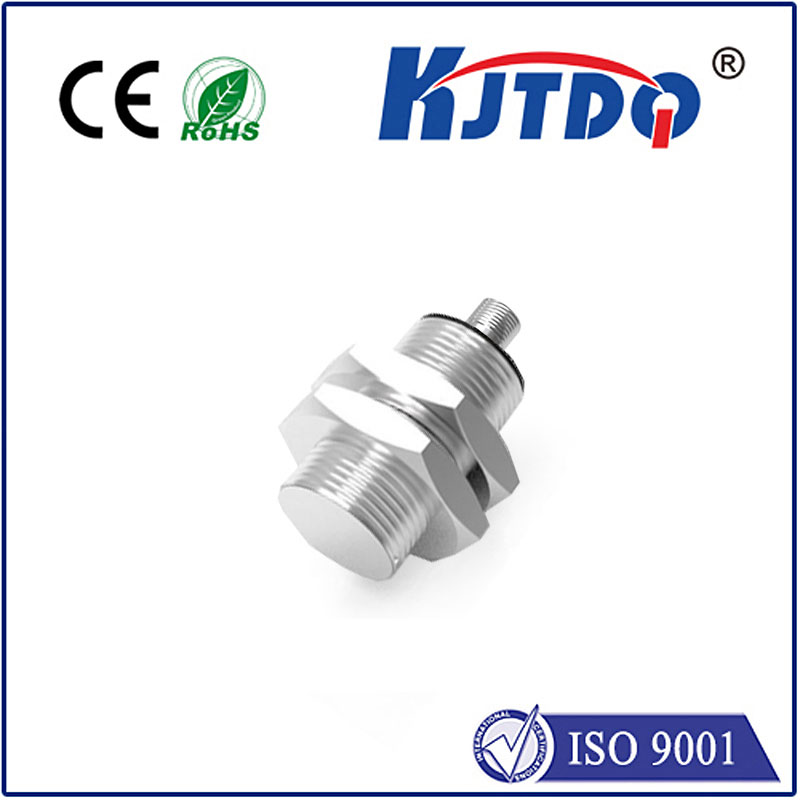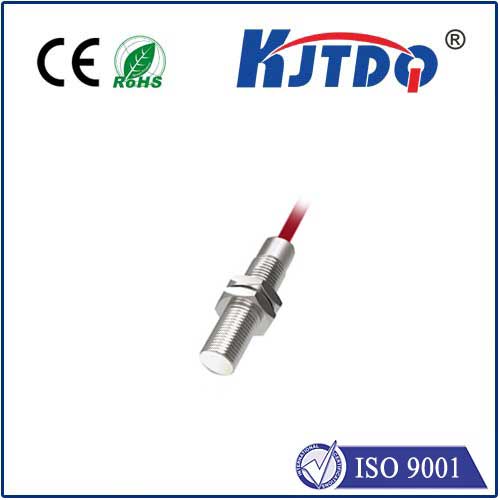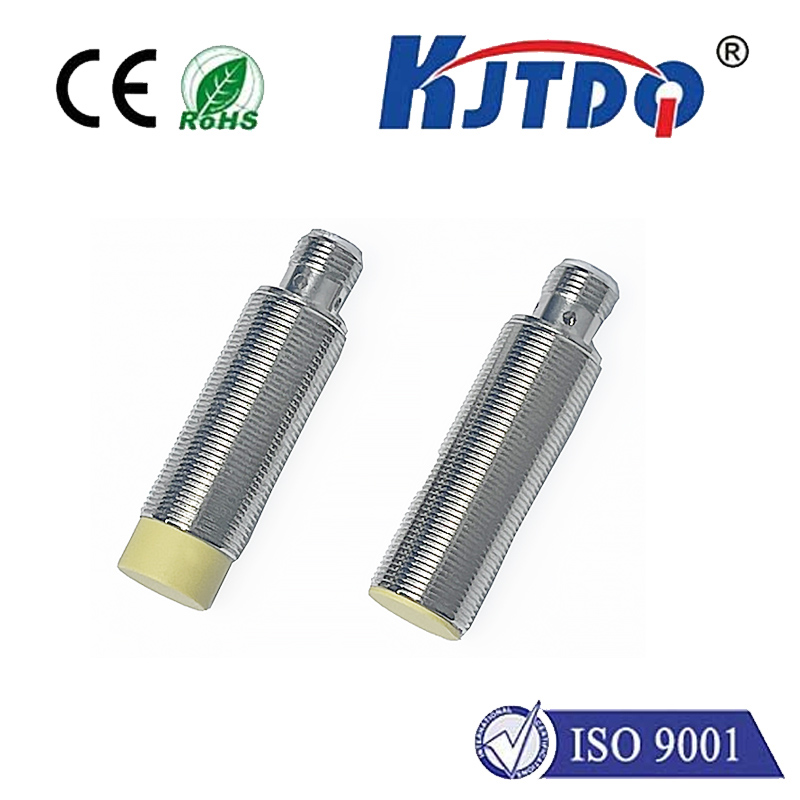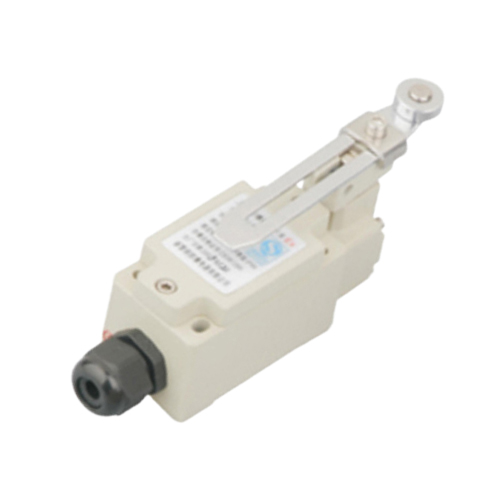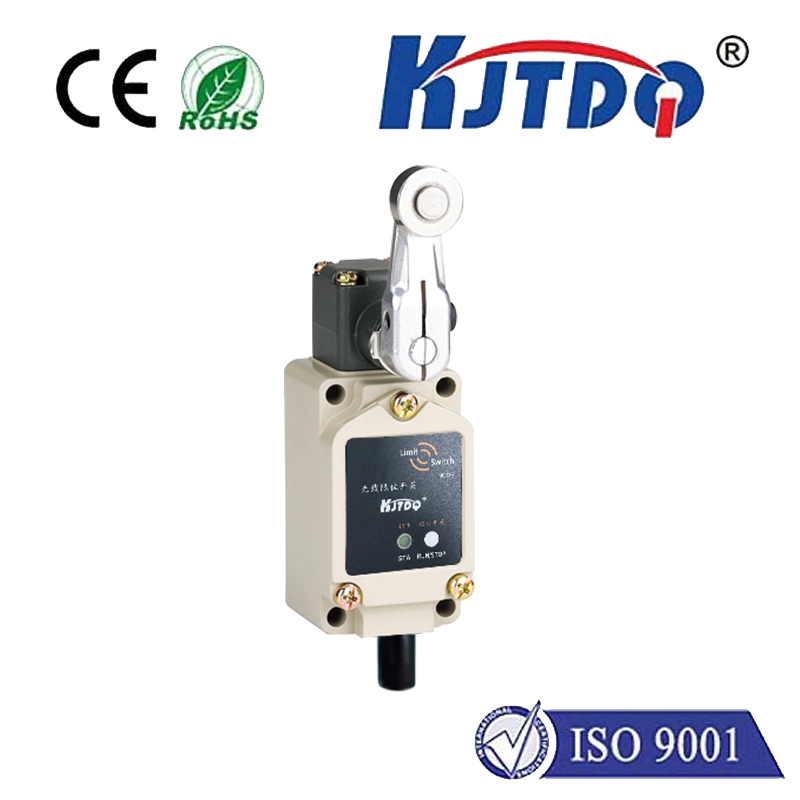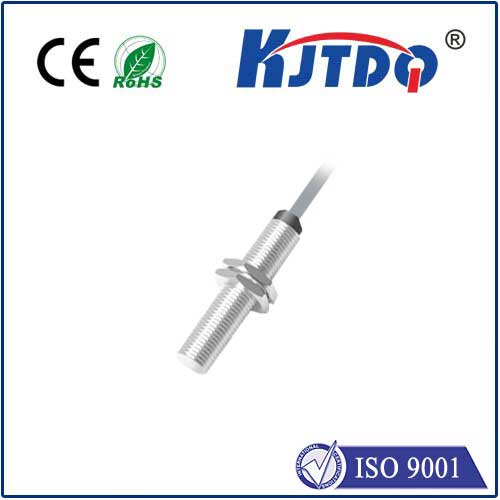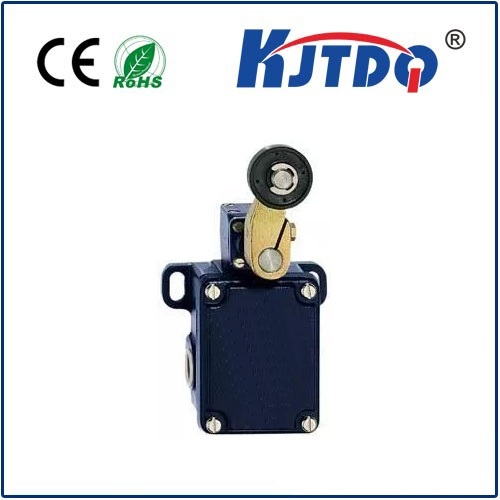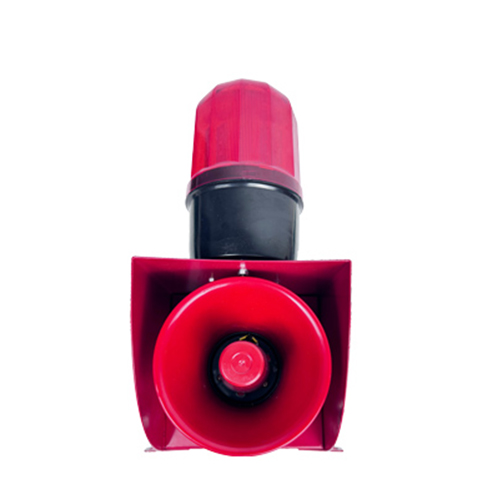

check

check

check

check

check

check

check

check

check

check

Title: The Advantages of Using Fiber Optic Sensors for Temperature Measurement In the world of temperature measurement, there are many different types of sensors available. However, one type that is gaining popularity due to its accuracy and reliability is the fiber optic sensor. In this article, we will explore the advantages of using a fiber optic sensor for temperature measurement. Firstly, it is important to understand what a fiber optic sensor is. A fiber optic sensor is a device that uses optical fibers to detect changes in temperature. The sensor works by transmitting light through the optical fiber, which then reflects off the surface being measured and returns to the sensor. The change in temperature causes a change in the refractive index of the optical fiber, which can be measured and used to determine the temperature. One of the main advantages of using a fiber optic sensor for temperature measurement is its accuracy. Unlike traditional temperature sensors, which can be affected by external factors such as humidity and pressure, a fiber optic sensor provides a highly accurate measurement. This is because the sensor does not come into direct contact with the surface being measured, reducing the risk of errors caused by environmental factors. Another advantage of using a fiber optic sensor for temperature measurement is its durability. Optical fibers are made from high-quality materials that are resistant to corrosion, heat, and other harsh conditions. This makes them ideal for use in environments where traditional temperature sensors may struggle to perform effectively. Fiber optic sensors are also highly versatile. They can be used to measure temperatures in a wide range of applications, from medical equipment to industrial machinery. This flexibility makes them an ideal choice for businesses and organizations that require precise temperature measurements across multiple industries. In addition to their accuracy and durability, fiber optic sensors are also easy to install and maintain. They do not require any special tools or equipment, making them a cost-effective solution for businesses and organizations looking to improve their temperature measurement capabilities. In conclusion, the use of a fiber optic sensor for temperature measurement offers numerous advantages over traditional temperature sensors. Its accuracy, durability, versatility, and ease of installation make it an ideal choice for businesses and organizations seeking reliable and precise temperature measurements. As technology continues to advance, we can expect to see even more innovative uses for fiber optic sensors in the future.
